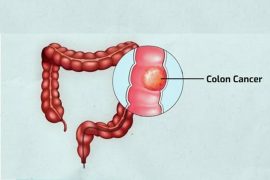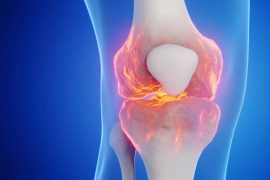The National Institute for Physiological Sciences (NIPS) has made a significant breakthrough in understanding how new memories are formed in the brain, shedding light on this long-standing neurological mystery. They achieved this by investigating the neuronal networks involved in trauma memory formation, using an innovative method that combines optical and machine-learning techniques. Their study, recently published in Nature Communications, delves into the intricate processes that occur during memory formation, providing insights into the mechanisms behind the creation of traumatic memories.
The study focuses on associative learning, a fundamental type of learning, particularly in the context of classical conditioning. Over the past century, extensive research has been conducted in this field, and technological advancements in molecular, genetic, and optogenetic methods over the last two decades have enabled scientists to identify specific brain regions and neuronal populations responsible for forming and retrieving associative memories. In this study, the research team targeted the dorsal part of the medial prefrontal cortex (dmPFC), which plays a critical role in the retrieval of associative fear memories in rodents.
One of the key challenges they aimed to address was understanding how neurons in the dmPFC encode and retrieve associative memories, which has remained a complex mystery. The research team employed cutting-edge techniques such as longitudinal two-photon imaging and various computational neuroscience methods to observe how neural activity changes in the prefrontal cortex after learning in a fear-conditioning paradigm. Prefrontal neurons exhibit highly complex behavior, with each neuron responding to various sensory and motor events. To decipher this complexity, the team developed a novel analytical method based on the ‘elastic net,’ a machine-learning algorithm, to pinpoint the specific neurons responsible for encoding fear memories.
“The dmPFC shows specific neural activation and synchrony during fear-memory retrieval and evoked fear responses, such as freezing and heart rate deceleration,” describes lead author Masakazu Agetsuma. “Artificial silencing of the dmPFC in mice suppressed fear responses, indicating that this region is required to recall associative fear-memory. Because it is connected with brain systems implicated in learning and associated psychiatric diseases, we wanted to explore how changes in the dmPFC specifically regulate new associative memory information.”
In addition to identifying these neurons, the researchers explored the spatial arrangement and functional connectivity of these neural networks using graphical modeling. Crucially, their investigation unearthed compelling evidence of a novel associative connection between initially distinct networks: the conditioned stimulus (CS, e.g., tone) network and the unconditioned stimulus (US, e.g., fearful experience) network. This discovery suggests that associative memory formation involves the creation of a new connection, potentially enhancing information processing and triggering a fear response to the CS, forming a neural network for CS-to-CR (conditioned response) transformation.
“We successfully detected a neural population that encodes fear memory,” states Agetsuma. “Our analyses showed us that fear conditioning induced the formation of a fear-memory neural network with ‘hub’ neurons that functionally connected the memory neurons.”
The traditional view of memory formation has been that it involves the strengthening of neural connections through repeated activation of groups of neurons, a concept supported by the findings of this study. Importantly, the research also demonstrates how combining optical and machine learning methods can provide a detailed visualization of neural network dynamics, offering a promising avenue for further exploration of the neurological changes associated with learning and memory.
Disclaimer:
The information contained in this article is for educational and informational purposes only and is not intended as a health advice. We would ask you to consult a qualified professional or medical expert to gain additional knowledge before you choose to consume any product or perform any exercise.







